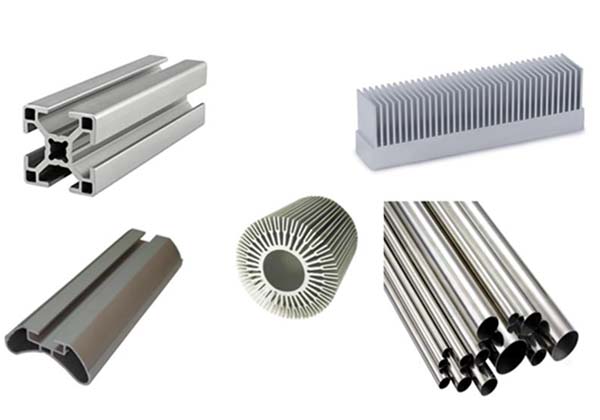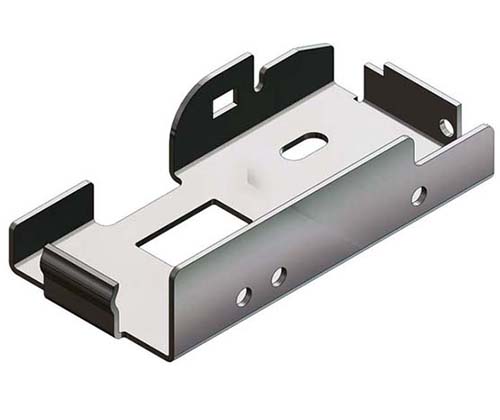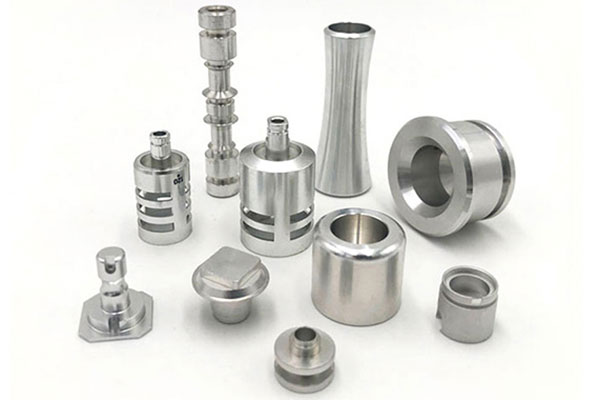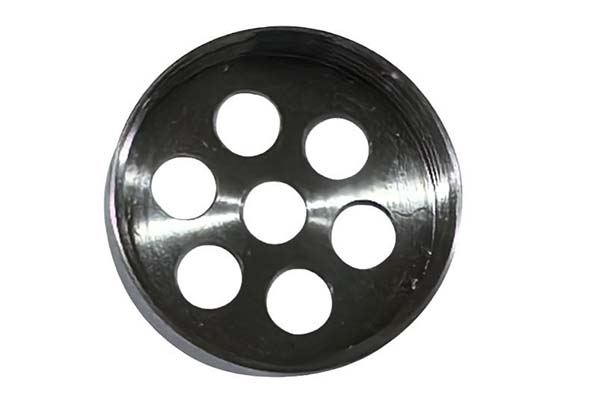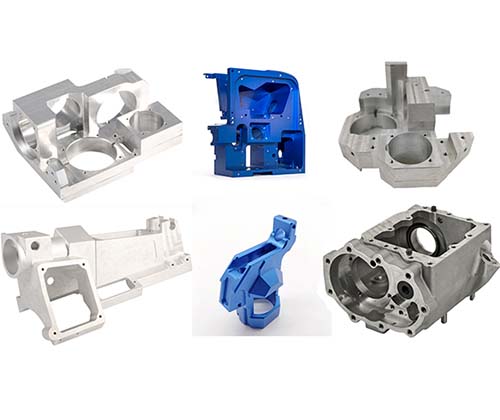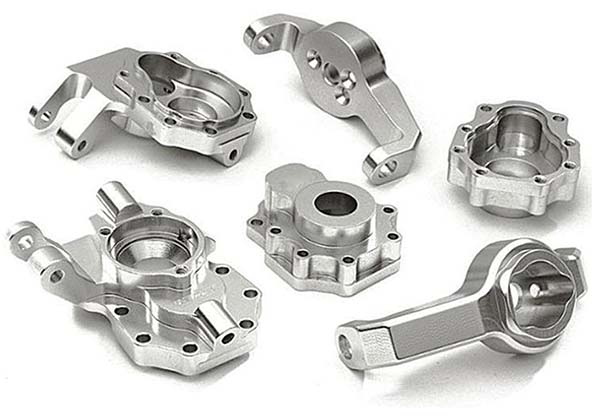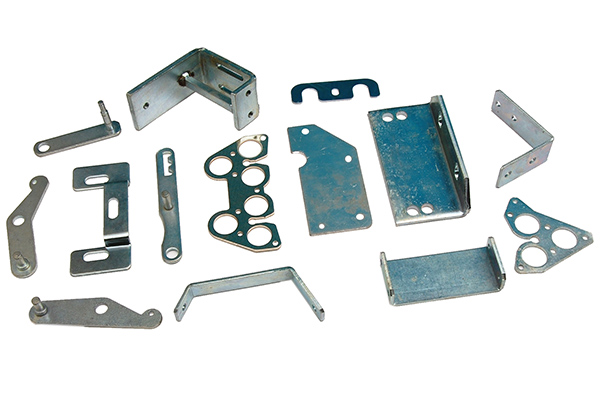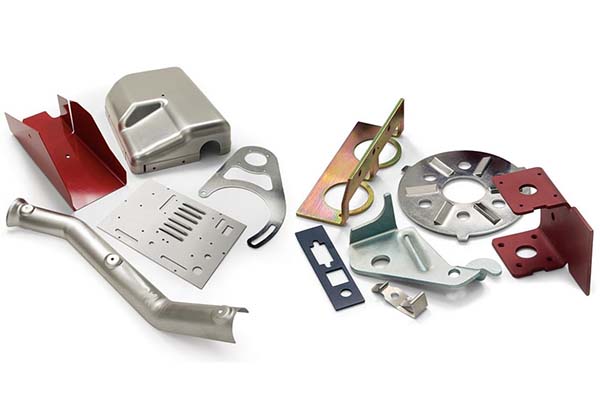Introduction
4x8 sheet metal, with dimensions of 4 feet by 8 feet, is a staple in various industries. In the construction industry, it is widely used for roofing, siding, and structural components. For example, in commercial buildings, 4x8 galvanized steel sheets are often chosen for roofing due to their durability and cost - effectiveness. In industrial settings, it serves as a key material for fabricating equipment enclosures, storage tanks, and machine parts.
When it comes to purchasing 4x8 sheet metal, price is a crucial factor. Whether you are a large - scale construction company buying in bulk or a DIY enthusiast working on a small - scale project, understanding the price dynamics can help you make an informed decision. High - priced sheet metal might offer superior quality, but it could also strain your budget. On the other hand, choosing the cheapest option might lead to compromised quality and performance. So, let's delve into the details of 4x8 sheet metal prices.
Factors Affecting 4x8 Sheet Metal Prices
Metal Type
The type of metal used in the 4x8 sheet is a fundamental factor in determining its price. Carbon steel is relatively affordable. For example, low - carbon steel sheets are often used in general - purpose applications like non - critical structural components in construction. Its cost - effectiveness comes from the relatively simple production process and abundant raw materials. On the other hand, stainless steel is more expensive. Stainless steel contains elements like chromium and nickel, which enhance its corrosion - resistance. For instance, 304 stainless steel, a popular grade, is widely used in the food and beverage industry due to its hygienic and corrosion - resistant properties. The addition of these alloying elements increases the production cost, thus driving up the price of the sheet metal. Aluminum alloy sheets are also in demand, especially in the aerospace and automotive industries for their high strength - to - weight ratio. Aluminum is more expensive than carbon steel but less costly than some high - grade stainless steels. However, the cost can vary depending on the specific alloy composition; alloys with more expensive alloying elements will be pricier.
Thickness
The thickness of the 4x8 sheet metal has a direct impact on its price. Generally, as the thickness increases, the price per square foot increases proportionally. For example, in the case of mild steel sheets, a 1/16 - inch thick 4x8 sheet might cost around \(20 - \)30. When the thickness doubles to 1/8 - inch, the price could jump to \(40 - \)60. This is because thicker sheets require more raw material. Additionally, the manufacturing process for thicker sheets can be more energy - intensive and may require more powerful machinery, further contributing to the higher cost.
Quantity Ordered
Purchasing in larger quantities often leads to cost savings. This is due to economies of scale. When a supplier produces and sells more sheet metal, they can spread out fixed costs such as equipment setup, administrative expenses, and transportation costs over a larger volume. For example, if you were to buy just one 4x8 sheet of a particular metal, you might pay the full retail price. However, if you order 100 sheets, you could be eligible for a significant discount. Here is a simple table to illustrate:
| Quantity Ordered | Price per Sheet |
| 1 - 10 | $50 |
| 11 - 50 | $45 |
| 51 - 100 | $40 |
| 100+ | $35 |
Manufacturing Process
The manufacturing process plays a significant role in determining the price of 4x8 sheet metal. Hot - rolled sheet metal is generally less expensive. In the hot - rolling process, the metal is heated to a high temperature and then rolled into the desired thickness. This process is relatively straightforward and requires less precise control compared to cold - rolling. As a result, hot - rolled sheets are often used in applications where a smooth surface finish is not critical, such as in some construction and industrial applications. Cold - rolled sheet metal, on the other hand, is more costly. Cold - rolling is done at or near room temperature, which allows for better control over the thickness and surface finish of the sheet. Cold - rolled sheets have a smoother surface, better dimensional accuracy, and improved mechanical properties. They are commonly used in applications like automotive body panels and high - end appliances, where appearance and precision are important.
Geographic Location
The price of 4x8 sheet metal can vary significantly by region. For example, in areas closer to metal production facilities, the price may be lower due to reduced transportation costs. In contrast, regions that are far from production centers or have limited local supply may experience higher prices. Here is a simple bar - chart to show a comparison (assuming prices in different regions for a standard 4x8 carbon steel sheet):
| Region | Price per Sheet |
| Region A (near production) | $30 |
| Region B (moderate distance) | $35 |
| Region C (far from production) | $40 |
Supply and demand in different regions also affect prices. If a particular area has a high demand for sheet metal, perhaps due to a construction boom, prices may be driven up. Conversely, in regions with low demand and excess supply, prices may be more competitive.
How to Calculate 4x8 Sheet Metal Prices
Basic Formula
The most basic way to calculate the price of a 4x8 sheet metal is through the formula: Price = Unit Area Price x Area. A 4x8 sheet metal has an area of 32 square feet (4 feet x 8 feet = 32 square feet). The unit area price varies depending on the metal type, thickness, and other factors we've mentioned before. For example, if the unit area price of a particular type of 4x8 aluminum sheet metal is \(2 per square foot, then the base price of the sheet would be \)2 x 32 = $64.
Consider Additional Costs
There are several additional costs that need to be factored into the total price. Processing fees can add a significant amount to the cost. If you need the sheet metal to be cut to specific sizes, bent, or punched, the fabricator will charge a processing fee. For instance, a simple cutting operation might cost \(5 - \)10 per cut, while more complex bending operations could cost \(15 - \)30 depending on the degree of bend and the complexity of the shape.
Transportation costs also play a role. If you are purchasing from a local supplier, the delivery cost might be relatively low, perhaps \(10 - \)30 for a small - quantity order within the city. However, if you are ordering from a supplier far away, the transportation cost could be much higher, especially for large or heavy orders. For example, shipping a pallet of 4x8 sheet metal from a factory in another state might cost \(100 - \)300, depending on the distance and the shipping method (ground, air, etc.).
To calculate the total price, you would add these additional costs to the base price calculated from the unit area price. So, if the base price of the sheet metal is \(64, the processing fee is \)20, and the transportation cost is \(30, the total price would be \)64 + \(20+ \)30 = $114.
Yigu Technology's View
As a non - standard plastic metal products custom Supplier, Yigu Technology understands the significance of 4x8 sheet metal price fluctuations. When faced with price changes, we focus on optimizing our supply chain. By establishing long - term partnerships with reliable raw material suppliers, we can secure stable material sources and favorable prices. This helps us reduce procurement costs and pass on the savings to our customers.
We also analyze the market trends of 4x8 sheet metal prices in detail. Based on the specific needs of our customers, we provide cost - effective solutions. For example, if a customer has a project with a tight budget but still requires a certain level of quality, we might suggest alternative metal types or manufacturing processes that can meet their requirements without overspending. Our goal is to ensure that our customers can get the best - value products while maintaining high - quality standards, helping them succeed in their projects.
FAQ
Q1: How much does a 4x8 sheet of stainless - steel metal cost?
The cost of a 4x8 sheet of stainless - steel metal can vary significantly based on factors like thickness and grade. For a common 304 - grade stainless - steel sheet with a thickness of 1/16 - inch, it might cost around \(100 - \)150. Thicker sheets, such as 1/8 - inch thick ones, can range from \(200 - \)300. High - grade stainless - steel sheets, like 316 - grade which has better corrosion - resistance, will be even more expensive, with prices potentially 20% - 50% higher than 304 - grade for the same thickness.
Q2: Why are 4x8 sheet metal prices different in different regions?
There are several reasons for the price difference in different regions. First, transportation costs play a big role. Regions far from production facilities need to pay more for shipping the sheet metal, which is then added to the final price. Second, the local supply and demand situation matters. In areas with high construction activity and high demand for sheet metal, prices tend to be pushed up due to limited supply. Conversely, in regions with low demand, prices may be lower to attract buyers. Third, the local economic situation can also influence prices. Areas with a stronger economy may have higher overall costs, including labor and production, which are reflected in the price of sheet metal.
Q3: Can I get a discount if I order a large quantity of 4x8 sheet metal?
Yes, you can usually get a discount when ordering a large quantity of 4x8 sheet metal. Suppliers often offer quantity - based discounts because selling in bulk allows them to reduce per - unit costs associated with things like handling, storage, and transportation. Generally, the larger the quantity you order, the greater the discount you can expect. For example, ordering 50 sheets might get you a 10% discount, while ordering 100 sheets could result in a 15% - 20% discount off the regular price per sheet.
